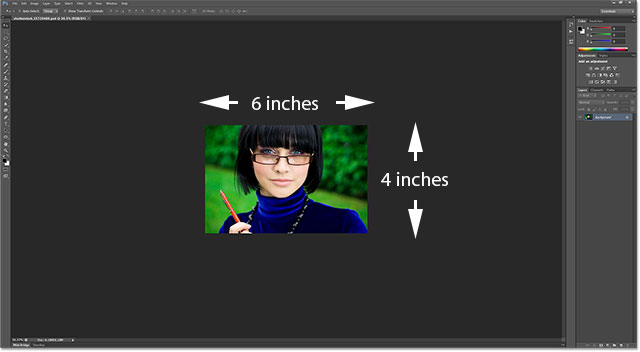
#How to use photoshop 2013 update

#How to use photoshop 2013 free
Go to Edit > Free Transform and pull each side out to expand your image all around. Duplicate “Infrared,” zoom out so you can see your entire image, and enlarge the window that contains it so you’ve got some gray border. Make sure all your layers are visible, and go to the Layer > Merge Visible to make them one. Get the effect with a quick transformation and some blur. The edges in infrared images seem to gloss with an eerie inner light. Tip: use the Channel Mixer the same way, abet much more subtly, to do controlled conversion to black-and-white. You can make further adjustments with the Red channel but leave it at 100% on your first attempt: Kill the Blue, by moving its slider left at -200%. Slide the Green channel all the way to the right to pump that channel to 200%. Since infrared film detects healthy, reflective vegetation (i.e., all the green stuff), it shows up super-bright.

We’re making a black-and-white infrared image, so check the “monochrome” box. (An adjustment layer acts as a veil over the layers below, and does not modify any of your pixels directly.) This will open the Channel Mixer windows, and add the infrared effect as an adjustment layer. With your “Infrared” layer selected, go to Layer > New Adjustment Layer > Channel Mixer, and click OK in the box. Open it, and make a duplicate layer by going to Layer > Duplicate Layer. You can do this project in only a few steps. Warning: This tutorial involves the use of the Adobe Photoshop Channel Mixer. Ironically, digital infrared conversions can work best on pictures that are iffy originals: pictures shot in midday with lots of harsh light work well, and a little blur isn’t a problem either because infrared images are naturally somewhat fuzzy. If you’ve got a picture with lots of sun on the grass and trees, you’ll have more luck mimicking the effect. Chlorophyll reflects infrared radiation, so foliage glows light gray in the era real thing. You can digitally simulate the look of an image shot on infrared-sensitve film but, since you’ll be converting from an image that was shot in the visible spectrum, your simulation won’t be perfect. (And, of course, many of us don’t use film cameras in the first place.) You need an opaque or red filter to achieve that weird, ghostly efface, and with some films, you need a changing bag or darkroom to load film away from stray infrared rays that will expose it. Unfortunately, infrared films are tricky. Certain films capture infrared, and it can add an air of menace to a stark architectural picture, spookiness to a shot of a lone figure, or a touch of ethereal romance to an outdoor portrait, with all the trees and grass taking on a heavenly glow.

But even the most sharp-eyed of us can’t see infrared radiation (those unable to leap tall buildings in a single bound, that is). We photographers think we see everything we’re alert and watchful, we record what everyone else misses.


 0 kommentar(er)
0 kommentar(er)
